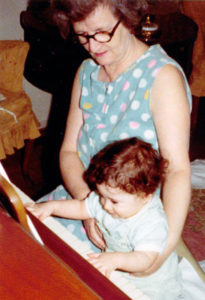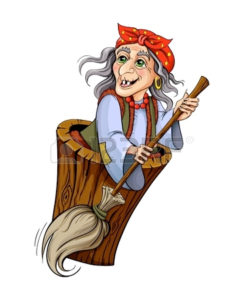Nancy Louise Lewis is a retired journalist and college professor, and the founder of Legalities, Inc., a nonprofit that helps low-income litigants afford access to the court system. Her self-published debut poetry collection, Girl Flying Kite (2018), came across my desk via Winning Writers subscriber news, thanks to her diligent publicist at Author Marketing Ideas.
The subjects of this visionary, God-haunted book could not be further from the innocent quotidian scene suggested by the title. In fact, the title itself is our first clue to the menace and mystery Lewis finds beneath the surface of daily life, as it refers to a child victim of the atomic bomb dropped on Nagasaki, the shadow of her last playful moments forever burned into the wall. Other poems draw inspiration from the author’s Appalachian childhood, stories of father-daughter incest, and enigmatic encounters with a divinity whose presence we can neither completely discount nor rely on. Lewis is most at home in the liminal space between belief and doubt, like the constantly eroding and re-forming shoreline of the ocean that appears in many of these works.
Lewis’ distinctive voice and ambitious metaphysical questioning are evidence that great talent exists outside the gatekeeping of traditional publishing. There were a couple of areas in which the book might have benefited from an outside editor. At times it felt overly lengthy and repetitive, and lacked a clear narrative movement or structural progression. A few poems were a little too enigmatic for me, but that’s true of a lot of work that comes out of university presses, too! Overall, this collection showed a maturity of thought that is unusual in a first book of poems. Read the mesmerizing selections below and see for yourself.
Moon
Like my mother’s eye,
its diameter is extreme, haunting—a certain
breadth that denotes coldness. And in its light
pollen and rabbits appear everywhere.
When I was ten, I looked out the window
and said to God, “If you are there
let a rabbit appear,” and one did.
But you can’t put any credence
in it. She just looked at me
and said, “Get the celery dish
out of the sideboard.” So many
things, you know, just dispel
rumor of the most awful kind as
remnants of humanity loom about
looking for reward…
I never expected it,
never asked for it. It was simply
the bag of grain given me at my birth.
Meanwhile, all expands toward a semblance
of what I thought. One yearns
to be the same no matter what
perspective one takes, disregarding
the angle of forethought
that looped one to it
in the first place. A boomerang!
I’d gone out on the rift
hoping for the barest glimmer
to open closed minds, a nectar of the
purest sort. But
there was never a hint
of a precept to follow, and I sensed
it was falsity. No matter where
one wanders, there is the odor
of permanence, the look of
a winking eye. And how
to end seepage? How
to look the thing straight
in the eye and say
it’s only geometry?
****
Ever Easter
The moon charts a course one can
believe in, a form
which offers hope
that an escape hatch exists: a hole
into some other universe of
knowing one merely intuits,
but senses bodily almost. I mean
to say that
if any circle can beckon one
with its promise of release,
then this full moon
is no less than
the epitome of guarantee: a resurrection
just out of sight
one can rely on every bit as certainly
as the curt edges
confronting one at this juncture.
But if reason
prolonged belief interminably, would
a requirement be this surfeit? Why
question? Why the mind’s constant
foreplay
when fulfillment is unobtainable, at least
here, now? Why torment oneself
with the tease that the unseen is
immutable, irrefutable,
when proof to the contrary is ever
present? Take, for instance
the way the tides humble
themselves
to its bidding,
forsaking a permanence of aspect
for this
ebb and flow,
putting faith on the line even
on a moonless night. Yet
why center the debate here,
when the proof is always
washing ashore somewhere, doubt
circling the globe
close behind, but never narrowing the gap
between mere speculation
and formal reconciliation, the worshipful
waves ever kneeling down, then
rising up with alleluias?

